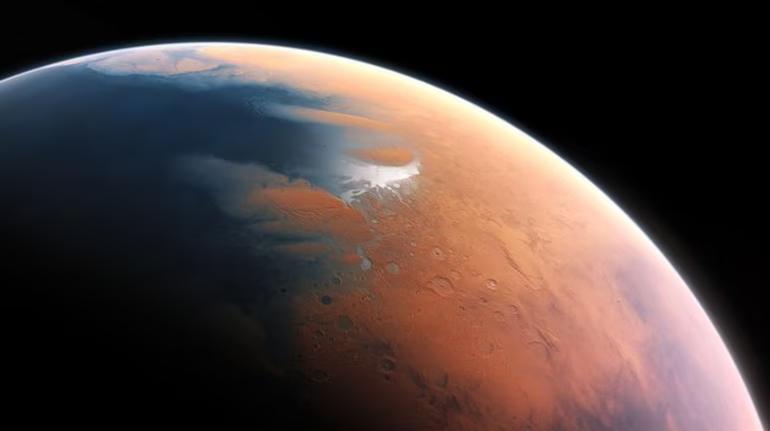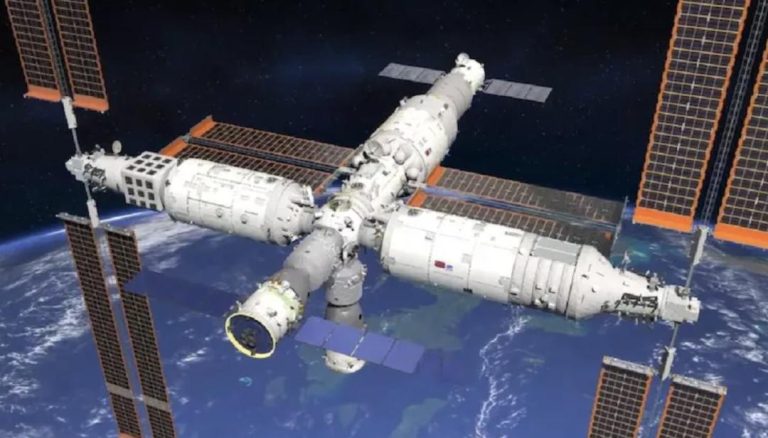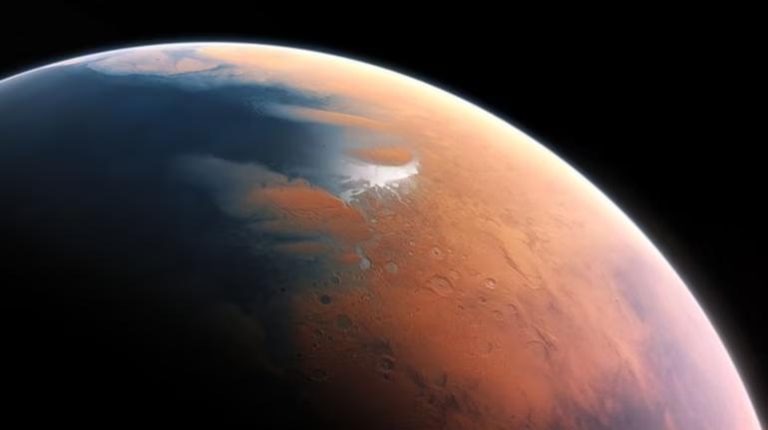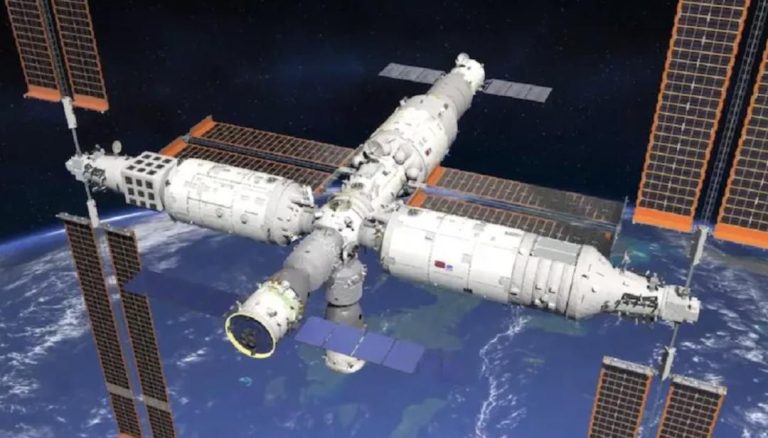
Mars May Have Once Had Rain & Snowfall, Finds New Study
NASA’s Curiosity rover has been exploring the Martian surface since 2012, providing us with a wealth of information about the Red Planet’s geology, climate, and potential habitability. One of the most intriguing questions scientists have been trying to answer is whether Mars ever had liquid water on its surface. A new study by the University of Colorado Boulder has shed some light on this mystery, suggesting that Mars may have once experienced rainfall and snowfall, feeding valleys and channels.
The study, published in the journal Geophysical Research Letters, analyzed data from NASA’s Mars Reconnaissance Orbiter and found evidence of ancient rivers, lakes, and even oceans on Mars. The researchers used a combination of observations from the orbiter’s HiRISE camera and gravitational data to create detailed maps of the Martian surface. By analyzing these maps, they were able to identify features that could only have been formed by flowing water.
One of the most striking discoveries was the presence of valleys and channels that are much wider and deeper than they would be if they were formed by erosion alone. These features are typically formed by running water, which suggests that there may have been a time when Mars had a more hospitable climate.
The study’s lead author, Dr. Joseph Michalski, said in a statement, “Our findings suggest that Mars may have had a more Earth-like environment in the past, with liquid water and a stable climate that could have supported life.”
The possibility of liquid water on Mars is significant because it would have played a crucial role in the planet’s habitability. Water is essential for life as we know it, and the presence of liquid water on Mars would have created an environment that was conducive to the development of life.
The study’s findings are consistent with earlier research that suggested Mars may have had a watery past. In 2015, NASA’s Mars Reconnaissance Orbiter detected evidence of ancient lakes and rivers on the Martian surface. Later, in 2017, the European Space Agency’s Mars Express orbiter discovered evidence of a vast underground lake on Mars.
However, the new study goes beyond simply detecting evidence of water on Mars. The researchers were able to estimate the amount of water that may have been present on the planet’s surface, and their findings suggest that there may have been a significant amount of water flowing on Mars in the past.
The study’s lead author, Dr. Joseph Michalski, said, “We estimate that there may have been tens to hundreds of meters of water on the surface of Mars during certain periods in its history. This is a significant amount of water, and it would have had a profound impact on the planet’s climate and geology.”
The discovery of liquid water on Mars is significant not only because it would have played a crucial role in the planet’s habitability, but also because it could have implications for the search for life on the Red Planet. If Mars did have liquid water on its surface in the past, it’s possible that life may have developed in the planet’s oceans, lakes, and rivers.
The study’s findings are also significant because they suggest that Mars may have had a more Earth-like environment in the past. The presence of liquid water on the planet would have created an environment that was similar to that of Earth, with potential for life to develop and thrive.
In conclusion, the new study by the University of Colorado Boulder has provided significant evidence that Mars may have once had rainfall and snowfall, feeding valleys and channels. The discovery of ancient rivers, lakes, and oceans on Mars suggests that the planet may have had a more hospitable climate in the past, with liquid water playing a crucial role in the planet’s habitability.






